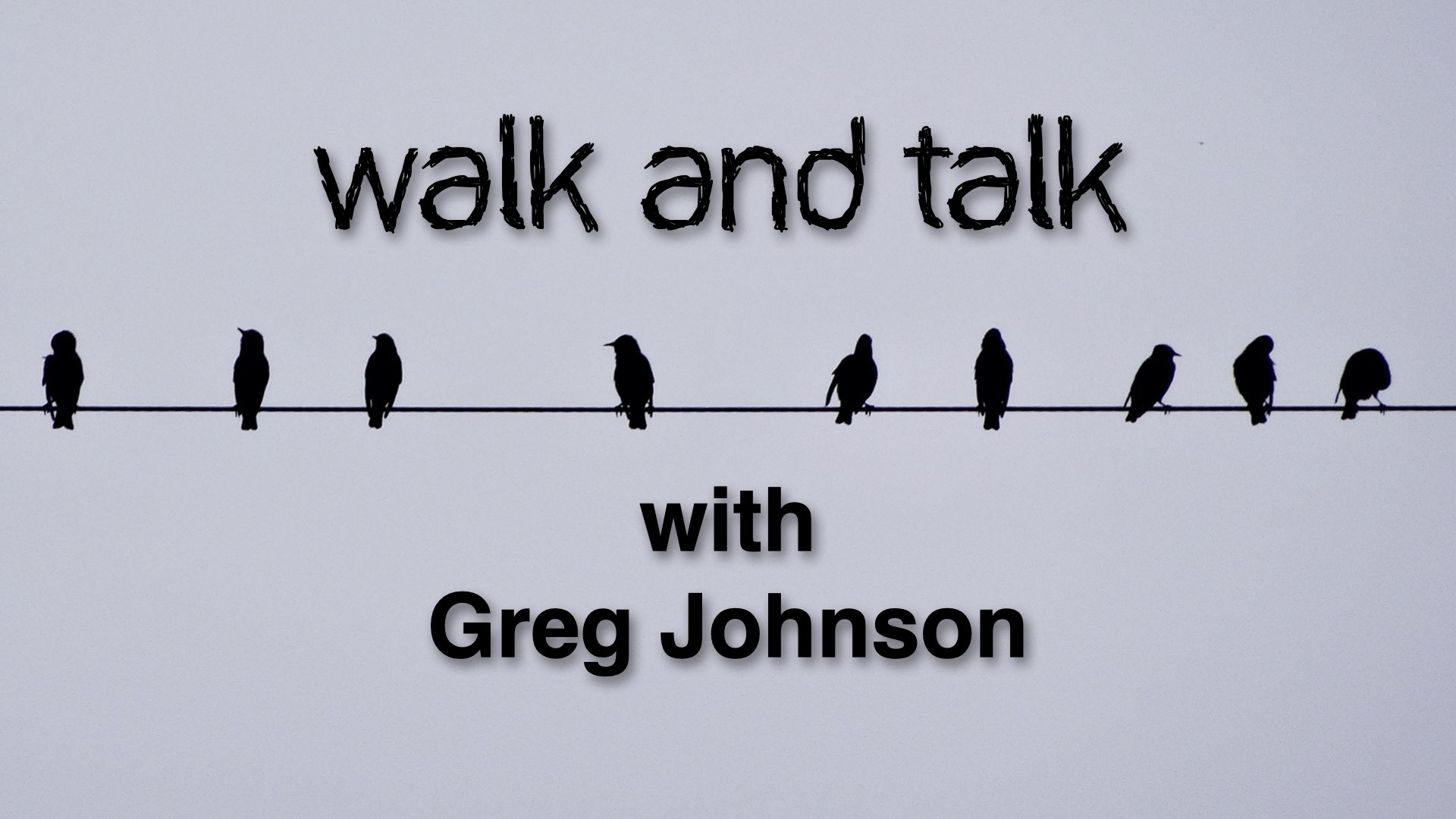About the Walk and Talk Podcast
Walk and Talk with Greg Johnson is a podcast that lasts about 20 minutes for each episode which is the perfect duration for listening while going on a short walk, and the episodes are often recorded while walking. It’s a short enough timeframe to offer digestible and actionable suggestions and information. The short episodes can be combined for someone who needs to fill a larger time slot such as a long bike ride or road trip. The practice of Walk and Talk is an activity that combines getting from one place to another while engaging in important discussions. It conveys that life is busy, so we should stay active and keep moving while talking.
Listen and Subscribe
Episodes are available on the Resources For Life website as well as through various platforms. Choose to listen and subscribe using the service you prefer: [ Anchor | Apple | Breaker | Google | Overcast | PocketCasts | RadioPublic | Spotify | Web Posts ]
Request a Topic or Guest
Please use this form to request a topic or guest for a future show. Or, use the form for feedback. Thanks!
Latest Episodes
Each episode of the Walk and Talk Podcast has a dedicated post on this website. [View All]
Choosing the Best Content Medium
The content on our website is provided using the method that best serves the information being delivered. So, it’s a mix of written articles, videos, and audio. For example, instructional documentation is offered with written guides, screenshots, and sometimes videos. Some of the content isn’t visually intensive and can be shared like an audio book, through spoken audio.
Choosing the Best Delivery Mechanism
In addition to considering what is the best content medium for our information, we also want to consider what’s the easiest way for people to receive information. While some people learn better visually, there are people who prefer to consume information audibly. Or perhaps they have no preference, but listening to something is the most practical option while driving, biking, walking, exercising, doing the dishes, or other tasks where watching a video or reading an article wouldn’t be practical. For those with visual impairments, the world of audio content is essential. So, this is our purpose for offering audio alternatives to our written content.
What makes a podcast different than other audio content?
There are places on our website where audio content is provided. Those audio clips may be of varying length to provide specific information. A podcast differs from spoken content alternatives in the following ways.
- Length. Podcasts are typically longer and usually produced to be the same length show each time. Listeners may choose a podcast that can be listened to during their daily commute or workout. That way they can push the play button and focus on their driving.
- Listeners. People will likely choose a mix of content including music, radio, news, and podcasts. This may be from different sources such as FM radio, AM radio, satellite radio, Spotify music channels, or listening to YouTube videos. There are many choices people have. With podcasts, people usually don’t “tune up and down the dial” like on a radio. Instead, they do a little research or get advice from friends, and stick with something that’s familiar.
- Schedule. Podcasts are usually offered on a specific schedule such as daily, weekly, monthly. If a person wants to stay informed on a subject, but not commit to an hour a day to keep up, they might choose a weekly podcast. Perhaps they want to listen to a different weekly podcast each day on their commute.
- Subscription. While people may seek out or share a specific podcast on a certain subject, like looking for information about a topic with a Google search, usually podcasts are something people subscribe to. They subscribe because the length, the topic, and the schedule fit their needs and interests.
- Topic. Podcasts are usually centered around a theme. This helps build a following of listeners interested in the topic.
What Makes Our Podcast Useful
Here are some of the ways we try to make our podcast content useful:
- Avoid Frustration. Best practices are offered for technology and other areas of life that can help you avoid frustration and pitfalls, such as best methods for backing up a computer or choosing the right antivirus software.
- Independent. We almost entirely avoid sponsored content so our message can be independent. The only exception would be if we’re given a product or service or food to review. We will always let you know if that’s the case. In other words, we’re not providing you with paid advertising. If there is an advertising break during the show that is to help pay the cost of hosting and not necessarily endorsed by us.
- Save Money. Our financial tips and shopping guides can help you save money.
- Save Time. As with the other content on our site, the podcast content will hopefully save people time. A show may provide a summary of information gathered after many hours of research. This saves the listener from doing the research on their own. In addition to researched topics, our tips can help save you many hours of time from avoiding things like computer crashes, data loss, or automotive trouble.
- Shop Better. Our product reviews and buying guides can help you shop better. This means getting the right products for your needs, and getting products that will perform well.
In other words, what you give up to listen to our podcast the time you invest will hopefully be paid back in saved time, saved money, improved wellbeing, and perhaps some entertainment value as well.
